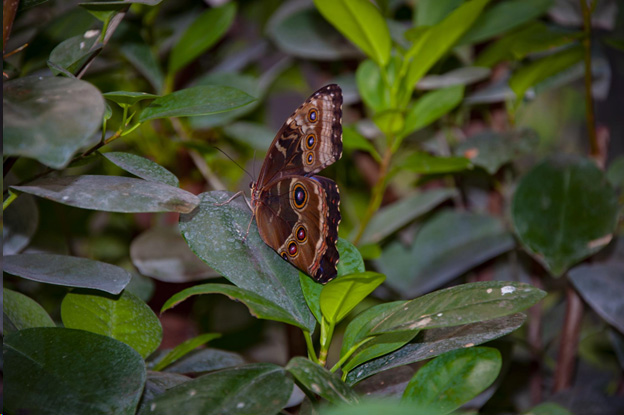How Air Pollution Affects Butterflies
Air pollution is a nuisance that can cause a number of negative effects on human health, such as respiratory issues, irritated and itchy eyes, and more. However, humans aren’t the only living creatures that are impacted by poor air quality. Pollinators like bees and butterflies are also facing serious consequences from air pollution. Below, we’ll take a deeper look at pollution’s impact on butterfly populations.
What’s the Issue?
Butterflies don’t have noses to detect scent like humans. Instead, they have antennae to help them find food and mates, among other things. But, pollutants in the air can prevent their ability to navigate properly, disrupting their normal behavior patterns. As a result, air pollution can make butterflies less likely to find and pollinate flowers–which can have devastating consequences on our ecosystem.
Expert Findings: The True Impact of Air Pollution on Butterflies
A group of scientists led by biologist James Ryalls at the University of Reading in England set out to find conclusive evidence that air pollution impacts insects’ ability to find food and pollinate crops. Their research published in 2022 culminated after two summers of field testing.
To test the hypothesis that air pollution reduces insects’ pollinating habits, they set up eight rings in a black mustard plant field, divided into four pairs. The first pair was polluted with diesel fumes, the second two with ozone, the third two with both gasses, and the fourth pair with no added gasses as the control group. Over two summers, researchers counted the number of times the rings were visited by insects.
Their results? The rings with both diesel fumes and ozone had up to 90% less insect visits compared to the pollution-free pair of rings. In his research, Ryalls notes that seven of every ten food crops depends on insect pollination, thus the team’s findings are quite alarming–both for the insects’ and humans’ wellbeing.
What Can Be Done?
It’s troubling to watch as butterfly populations have dwindled over recent years. Most notably, the monarch butterfly that calls North America home has been heading towards extinction due to habitat loss, climate change, and pollutants like pesticides. Some estimates claim that monarch populations have shrunk by more than 80% in the past 20 years.
To protect at-risk butterfly populations, conserve our ecosystem, and mitigate the impact of air pollution, action on both the personal and policy level are necessary.
To do your part, here are some of the everyday changes you can make to support better air quality:
- Use public transportation, carpool, walk, or bike when possible
- Use energy efficient light bulbs and appliances to reduce energy consumption
- Turn off lights and unplug electronics when not in use
- Use eco-friendly and non-toxic gardening products
- Reduce the use of chemical pesticides and fertilizers
- Plant native flowers that provide nectar and food for caterpillars and butterflies
– Written by Bailey Schramm in partnership with Clearwater Butterfly release ceremonies.

